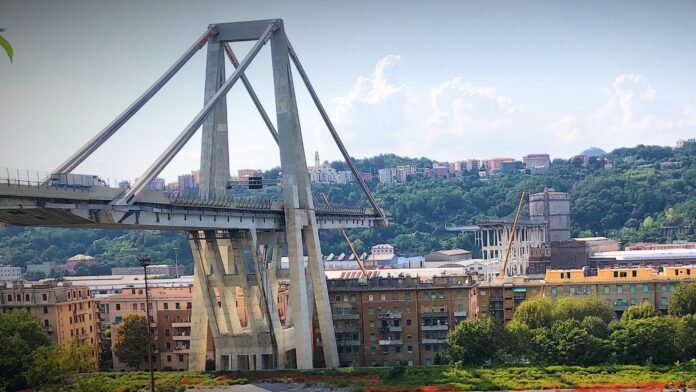A new study by ABI Research says IoT sensors to monitor the structural ‘health’ of critical infrastructure will number 22.9 million by 2030, with retrofitted wireless IoT sensors, using long-range cellular IoT and other non-cellular short- and long-range technologies, growing at a compound annual rate of 28 percent per year. The number of retrofitted wired sensors will also grow in the period, at an average rate of 18 percent per year.
The new report, about the Structural Health Monitoring (SHM) market, noted IoT inovation at both the hardware and software levels, with smaller data loggers and data acquisition (DAQ) devices with greater edge computing capabilities, and more usage of open IoT platforms to extract data from a variety of third-party sensors, and increased interest in artificial intelligence (AI) to improve “predictive capabilities” drive value for asset owners and managers.
ABI said the governments and local authorities, as well as private transport and infrastructure companies, are looking to monitor the condition and manage the costs for the maintenance of ageing critical infrastructure, including rail, bridges, mines, dams, and older buildings. It pointed to the collapse of the Morandi Bridge in Italy in 2018, which resulted in 43 casualties and$450 million of damage, as a lesson to them.
The rail industry is “one of the biggest markets”, said ABI, on account of the fact demand for rail transport is expected to double in the next two decades. It stated: “By digitizing rail infrastructure and monitoring critical areas of concern, such as rail tracks, switches, and slopes, rail operators know when failures will happen and can implement more efficient predictive maintenance strategies. Wireless sensor technology is essential here.”
Extreme weather events linked to climate change have “laid bare additional vulnerabilities in ageing and strained post-war infrastructure”, said Maryam Zafar, IoT markets analyst at ABI Research. Public and private sectors are putting a focus on “predictive maintenance” over “maintenance after failure” approaches, as a result. It said a “lack of awareness in this market”, plus the high cost of traditional technologies, means the market is set for a sharp uptick.
Zafar said: “The market has hitherto seen low penetration. New technologies should change this, shifting from end-of-life maintenance to solutions designed into projects. Technology vendors should ensure they are taking advantage of new technology opportunities and understand how they should position themselves to target the great variety of markets within the SHM ecosystem.”
ABI flags Worldsensing, Campbell Scientific, Encardio Rite, GEO-Instruments, Hottinger Bruel & Kjaer, and Bentley Systems as the leading IoT providers in the market. It highlights KONUX and Senceive for their work in the rail sector.
Zafar said: “The variety of IoT sensor hardware has made it easier for asset owners to integrate sensors into their operations, shifting away from expensive and bulky implementations to lower cost and easy-to-install solutions. Vendors are increasingly investing in software and analytics platforms to extract meaningful information from large volumes of data. Enhanced software intelligence is key, offering actionable information that adds significant value and enables more efficient predictive maintenance.”

